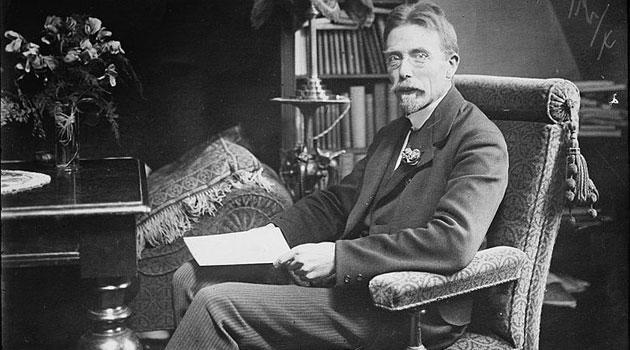Schack August Steenberg Krogh, whose mother was Romani, became a professor at the University of Copenhagen and won the Nobel Prize for physiology. He contributed to the development of many fundamental discoveries in several areas of physiology and is famous for developing Krogh’s Principle.
His wife was a doctor and performed research in the area of metabolic diseases. As a schoolboy, Krogh was interested in the natural sciences and spent a significant portion of his time on experiments.
In 1893 he began his studies at the University of Copenhagen in medicine but soon decided to devote himself to zoology. In 1897 he started working with the famous Professor Christian Bohr in his medical physiology laboratory.
In 1908 Krogh became a professor and head of the department of zoophysiology at the University of Copenhagen. He studied the metabolism of gases in the respiration of animals and people, the anatomy and physiology of the capillaries in various organs, and the mechanism of capillary reactions, proving the interdependence of such reactions and the activity of those organs.
Krogh determined that the slow flow of blood through the capillaries is important for the transfer of oxygen and other materials into the blood and examined the role of nitrogen in the metabolism. He won the Nobel Prize for medicine and physiology in 1920 for "discovering the capillary motor regulating mechanism".
In collaboration with his wife, Krogh demonstrated that what causes the balancing of pressures between oxygen and carbon dioxide in the blood is diffusion. He is the author of physiological methods such as microtonometry, differential manometry, determination of cardiac output, etc.
During his residency in America, Professor Krogh learned that the Canadian scientists Frederick Banting and Charles Best had discovered a way to treat diabetics with the aid of insulin extracted from beef pancreas. Primarily because his wife suffered from diabetes, Krogh began to take more detailed interest in the discovery and ultimately got permission to produce insulin in Denmark.
After returning to his native Denmark, Krogh and Hans Christian Hagedorn co-founded the company Nordisk Insulinlaboratorium (Nordisk) with financial support from August Kongsted. Hagedorn had been involved in researching the issue of glycemia (the level of glucose in the blood).
The first dose of insulin from beef pancreas was successfully extracted by Krogh on 21 December 1922. The first application of insulin to a diabetic in Denmark occurred in March 1923.
Sources:
Originally published in 2010.
